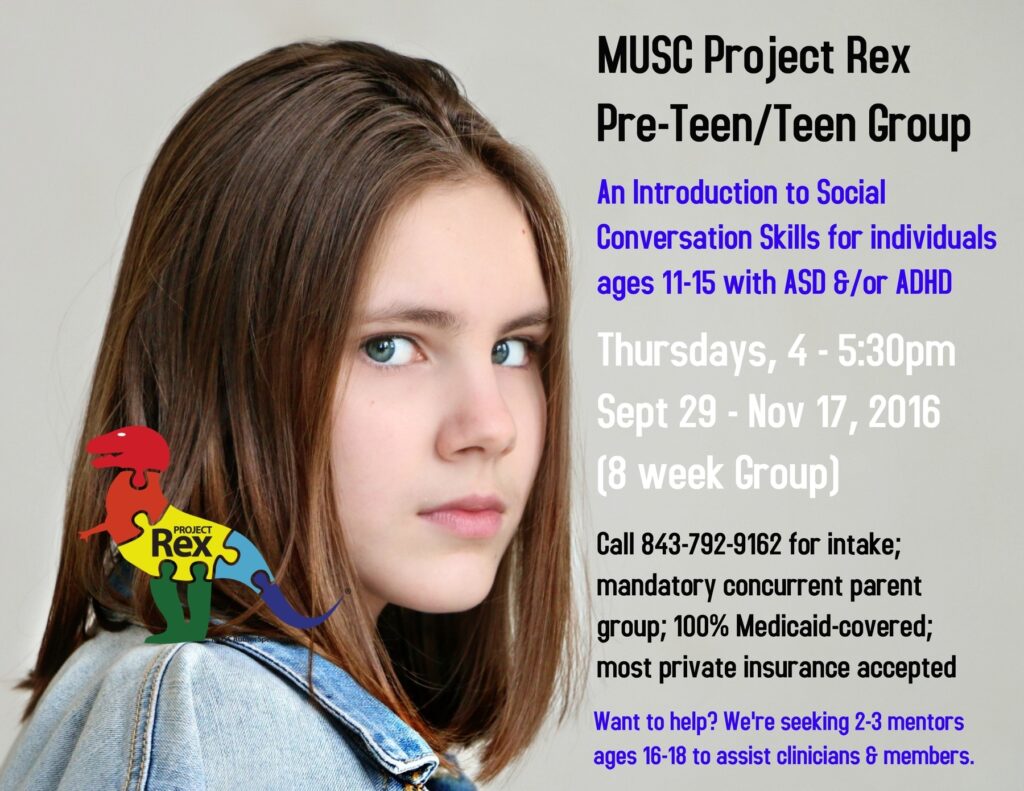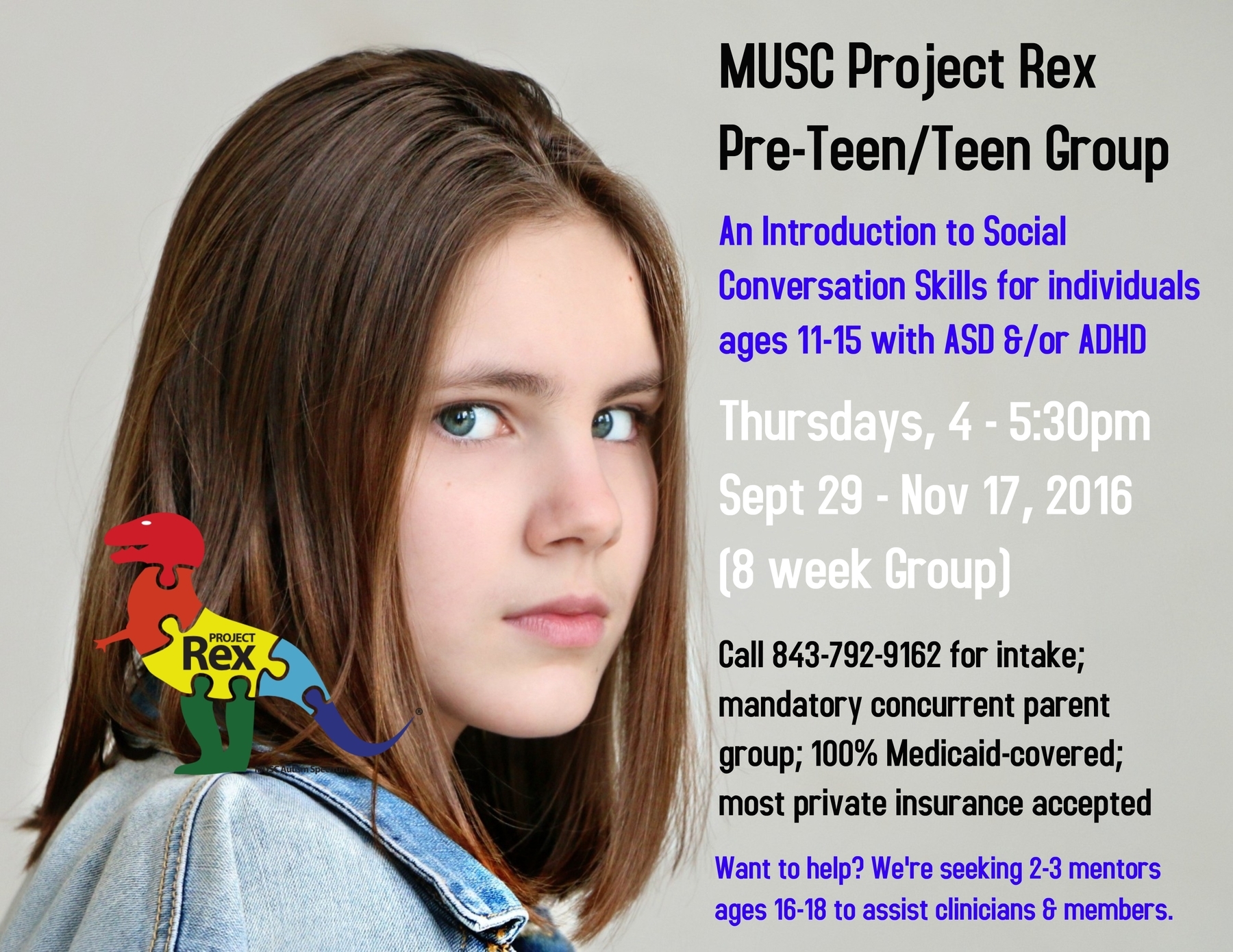
Navigating the In-Between: What is a Pre-Teen Age and What to Expect
The journey of childhood is marked by distinct phases, each characterized by unique developmental milestones and challenges. One such phase, often shrouded in a mix of anticipation and apprehension, is the pre-teen age. But what is a pre-teen age, exactly? It’s more than just a number; it’s a period of significant physical, emotional, and cognitive transformation, bridging the gap between childhood and adolescence. This article aims to provide a comprehensive overview of the pre-teen years, offering insights into the changes that occur and practical advice for navigating this crucial stage of development.
Defining the Pre-Teen Years: A Shifting Landscape
The term “pre-teen” generally refers to the period between the ages of 9 and 12. However, it’s important to note that these boundaries are not rigid. Individual children may enter and exit the pre-teen phase at slightly different times, influenced by factors such as genetics, environment, and overall development. Understanding what is a pre-teen age requires recognizing its fluidity and acknowledging the diverse experiences of children within this age range. It’s a time of immense growth, where children are no longer little kids, but not quite teenagers either.
Physical Changes: The Onset of Puberty
One of the most noticeable aspects of the pre-teen years is the onset of puberty. While the exact timing varies, puberty typically begins between the ages of 8 and 13 for girls and 9 and 14 for boys. This period is marked by a surge in hormones, leading to a cascade of physical changes. For girls, this may include breast development, the start of menstruation, and the growth of body hair. Boys may experience growth spurts, voice changes, and the development of facial hair. These physical transformations can be both exciting and confusing for pre-teens, highlighting the importance of open and honest communication about their bodies and the changes they are experiencing. Understanding what is a pre-teen age involves acknowledging these hormonal shifts and their impact. [See also: Talking to Your Child About Puberty]
Emotional Development: Navigating New Feelings
The pre-teen years are also characterized by significant emotional development. As children’s brains continue to mature, they become more aware of their own emotions and the emotions of others. They may experience more intense feelings, such as anxiety, sadness, or anger, and may struggle to regulate these emotions effectively. Pre-teens may also become more self-conscious and concerned about their appearance and social standing. Peer relationships become increasingly important, and pre-teens may feel pressure to conform to social norms. Understanding what is a pre-teen age also means recognizing the emotional rollercoaster they are often on. Providing a supportive and understanding environment can help pre-teens navigate these emotional challenges and develop healthy coping mechanisms.
Cognitive Growth: Developing Abstract Thinking
Cognitively, pre-teens are developing the ability to think more abstractly and critically. They can understand more complex concepts and engage in more sophisticated problem-solving. They may also become more interested in exploring their own values and beliefs. This cognitive growth can lead to increased independence and a desire to make their own decisions. Parents and educators can support this cognitive development by providing opportunities for pre-teens to engage in challenging activities and express their opinions. The development of abstract thinking is a key component of what is a pre-teen age.
Common Challenges During the Pre-Teen Years
The pre-teen years are not without their challenges. Pre-teens may face issues related to body image, peer pressure, bullying, academic stress, and family conflict. It’s important for parents and educators to be aware of these potential challenges and to provide support and guidance to help pre-teens navigate them effectively. Open communication, active listening, and a willingness to address concerns are essential. Understanding what is a pre-teen age necessitates recognizing the potential pitfalls and providing appropriate support. Addressing these challenges proactively can significantly impact a pre-teen’s well-being.
Body Image Concerns
As pre-teens become more aware of their bodies and compare themselves to others, they may develop concerns about their appearance. Media portrayals of idealized body types can contribute to these concerns. It’s important to promote a healthy body image by encouraging pre-teens to focus on their strengths and abilities, rather than their physical appearance. Parents and educators can also challenge unrealistic beauty standards and promote body positivity. Remind them that what is a pre-teen age is a period of rapid change, and bodies develop at different rates. [See also: Promoting Positive Body Image in Children]
Peer Pressure and Bullying
Peer pressure can be a significant challenge for pre-teens, as they strive to fit in and gain acceptance from their peers. This pressure can lead to risky behaviors, such as substance abuse or engaging in sexual activity before they are ready. Bullying, both physical and emotional, is another serious concern. It’s important to teach pre-teens how to resist peer pressure and how to stand up to bullies. Creating a safe and supportive environment where pre-teens feel comfortable reporting bullying incidents is crucial. Understanding what is a pre-teen age requires acknowledging the social pressures they face.
Academic Stress
As academic expectations increase, pre-teens may experience increased stress and anxiety. It’s important to help them develop effective study habits and time management skills. Parents and educators can also encourage pre-teens to prioritize their mental and physical health by getting enough sleep, eating healthy foods, and engaging in regular physical activity. Recognizing what is a pre-teen age also means understanding the academic pressures they face. Helping them manage stress is crucial for their overall well-being.
Supporting Pre-Teens: A Guide for Parents and Educators
Supporting pre-teens requires a combination of understanding, empathy, and guidance. Parents and educators can play a crucial role in helping pre-teens navigate the challenges of this transitional period and develop into confident and well-adjusted adolescents. Understanding what is a pre-teen age is the first step in providing effective support.
Open Communication
Open and honest communication is essential for building trust and fostering a strong relationship with pre-teens. Create a safe space where pre-teens feel comfortable sharing their thoughts and feelings without judgment. Actively listen to their concerns and provide support and guidance when needed. Ask open-ended questions to encourage them to elaborate on their experiences. When discussing what is a pre-teen age and the changes it brings, approach the conversation with sensitivity and honesty.
Setting Boundaries
While pre-teens are seeking increased independence, they still need clear boundaries and guidelines. Set reasonable expectations and enforce consequences for inappropriate behavior. Involve pre-teens in the decision-making process whenever possible to foster a sense of ownership and responsibility. Boundaries are essential, even as they explore what is a pre-teen age means for their independence.
Promoting Healthy Habits
Encourage pre-teens to adopt healthy habits, such as eating a balanced diet, getting enough sleep, and engaging in regular physical activity. Limit screen time and promote alternative activities, such as reading, playing sports, or spending time outdoors. Healthy habits are crucial, especially during what is a pre-teen age, as they support physical and mental well-being.
Seeking Professional Help
If you are concerned about a pre-teen’s emotional or behavioral well-being, don’t hesitate to seek professional help. A therapist or counselor can provide support and guidance to help pre-teens navigate their challenges and develop healthy coping mechanisms. Recognizing when professional help is needed is a key aspect of understanding what is a pre-teen age and providing appropriate support.
Conclusion: Embracing the Pre-Teen Years
The pre-teen years are a time of significant change and growth. By understanding the physical, emotional, and cognitive development that occurs during this period, parents and educators can provide the support and guidance that pre-teens need to thrive. Embracing the challenges and celebrating the milestones of the pre-teen years can help pave the way for a successful transition into adolescence. Remember that what is a pre-teen age is a unique and important stage, and with the right support, pre-teens can navigate it with confidence and resilience. The pre-teen years are a stepping stone to adolescence, and understanding this phase is vital for parents and educators alike. Understanding what is a pre-teen age is key to helping children navigate this period successfully. The pre-teen years are a crucial period in a child’s development, and understanding what is a pre-teen age enables us to provide the best possible support. Therefore, knowing what is a pre-teen age is fundamental for effective parenting and education. Recognizing what is a pre-teen age and its associated challenges allows for proactive intervention and support. Finally, being aware of what is a pre-teen age helps create a nurturing environment for children to grow and develop. The journey of understanding what is a pre-teen age is ongoing, requiring continuous learning and adaptation. Understanding what is a pre-teen age enables us to better support the young people in our lives. Knowing what is a pre-teen age allows for tailored approaches to parenting and education.

